Lavender Essential Oil Organic comes primarily from Lavandula angustifolia. Think of higher elevation fields in Provence and the Alpine fringes where it is dry, plenty of sunshine and yet cool nights. That contrast gives a quiet, elegant aroma profile. Lavandin(Lavandula x intermedia) grows lower, provides more volume and smells a little fresher and spicier. Both are valuable, but different in character. In July you can hear the bees buzzing above the rows, so to speak. Sounds romantic, is also terroir.
How the oil is made
The oil is created via steam distillation of flowering buds. Freshly cut material into the boiler, steam through it, then oil and hydrolate separate. Simply described, but timing is everything. Harvesting too early gives less depth. Too late and you lose sparkle. Angustifolia is known for lots of linalyl acetate and linalool for that round, floral tranquility. Lavandin usually gives a slightly more powerful herbal elevator.
Use and applications in practice
In aromatherapy, lavender is chosen for tranquility and balance. A few drops in the diffuser and the room immediately feels softer. Before sleeping, a light spray of cream on pillows often works better than you think. In wellness, you see lavender in massage oil and bath oil. Tip from practice. Start low and build with caution. Lavender seems soft, but quickly fills a 12 sq. ft. room.
Lavender Essential Oil Organic in soaps and cosmetics
In skincare, lavender provides a calming, clean signature. Fits well in cleansers, toners and body lotions for a balanced skin feel. In cold process soaps, lavender holds up nicely, especially with an anchor such as benzoin or a touch of cedar. Concrete example. A batch of 1 kilogram of handmade soap with lavender and a hint of lemon remains recognizably soft and fresh after four weeks of curing. In leave-on formulas, you formulate soberly and test for stability as well as end fragrance. Not complicated, but essential.
Candles and home perfume with lavender
Lavender is a classic in candles, scented sticks and room sprays. In candles, she gives a relaxed, neat throw without being sweet. Beautiful with bergamot for elevator or vetiver for depth. Example. A 180 g soy wax candle with 6 percent fragrance oil, blend of lavender, bergamot and a dash of cedar, smells instantly orderly and warm in a living room. In scented sticks, lavender is pleasant in workspaces where you want focus without edginess.
Features and benefits
-
Aroma: soft floral, spicy clean, slightly spicy undertone.
-
Experience: soothing, orderly, inviting.
-
Performance: versatile in perfume, cosmetics, soap and interior perfume.
-
Profile: rich in linalyl acetate and linalool, which explain its round, calm character.
It sounds simple, but it is precisely this quiet balance that makes lavender so useful. Day in, day out.
Quality and safety
Always dilute before skin use and do a patch test first. Avoid contact with eyes. Do not use internally. Use with caution with very young children and sensitive populations. Lavender is not phototoxic. Store cool and dark. Fresh oil smells more vibrant and holds up better in formula.
Why choose organic lavender
Organic cultivation avoids synthetic pesticides and supports soil health and biodiversity. The result is a cleaner oil with transparent origins. Also practical. A consistent, clear fragrance profile on which to build recipes. Whether it’s a soft pillow spray for a boutique hotel in Amsterdam or a handmade Provence soap that just has to smell like real lavender.

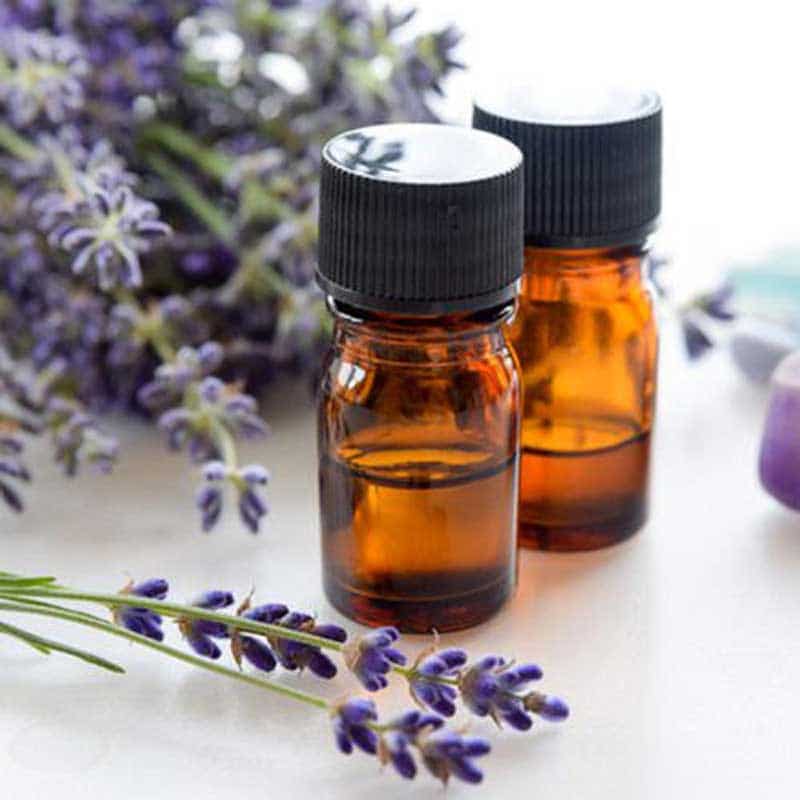
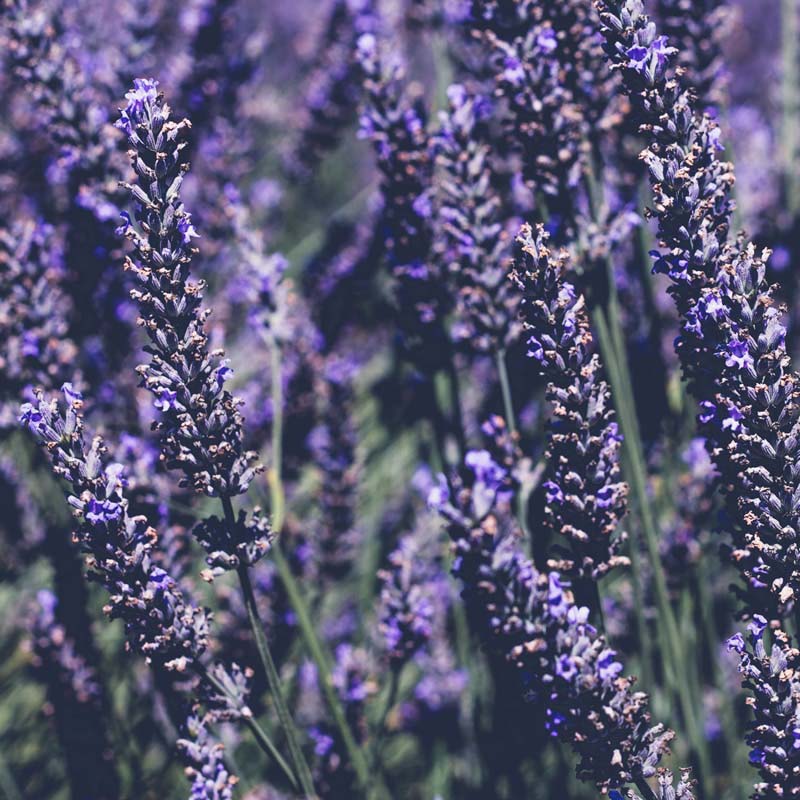
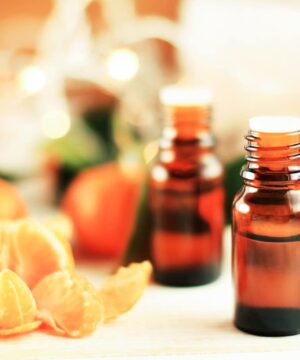
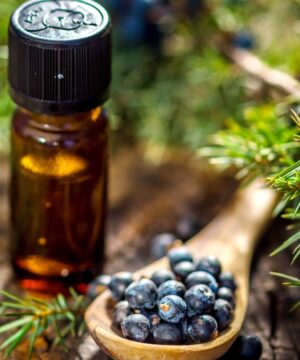
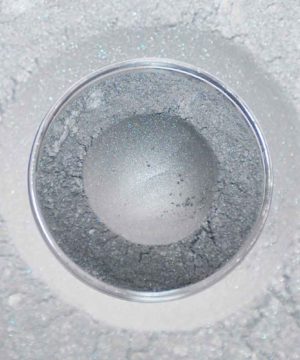

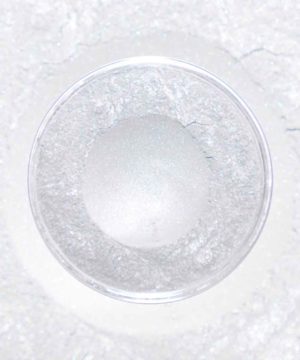
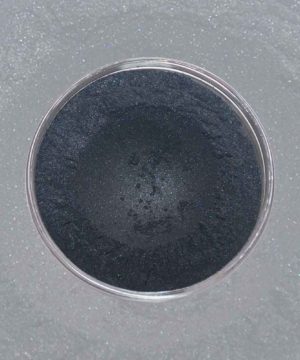
Reviews
There are no reviews yet.